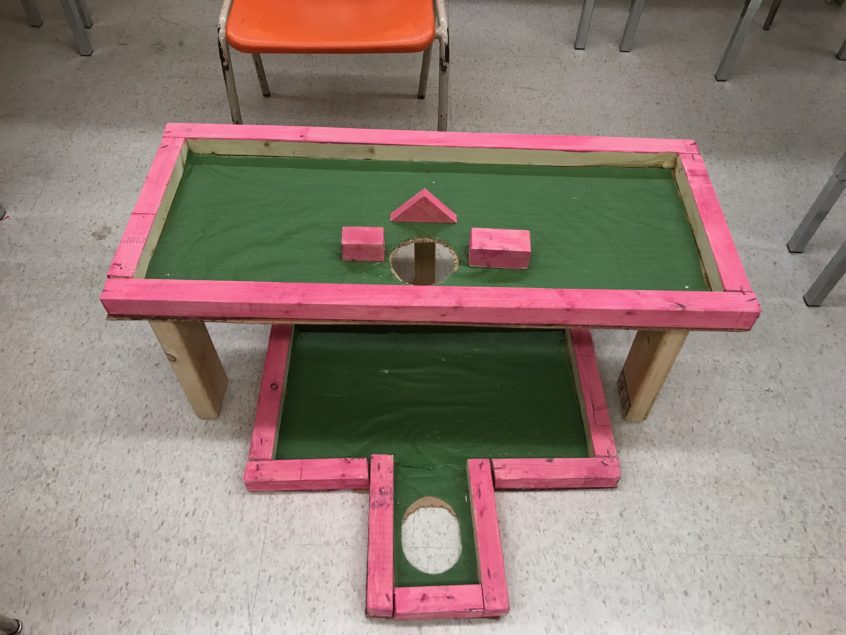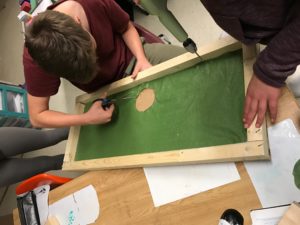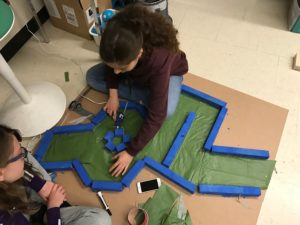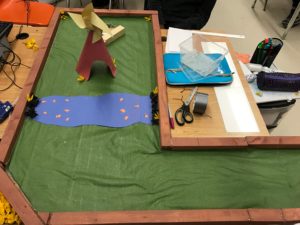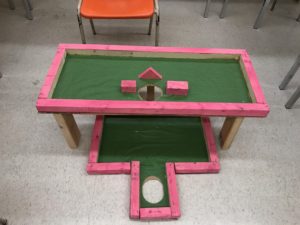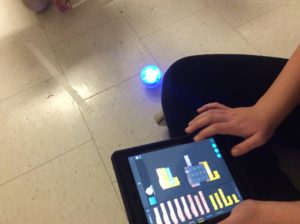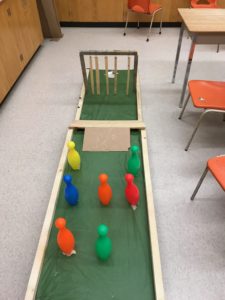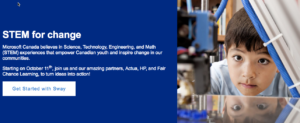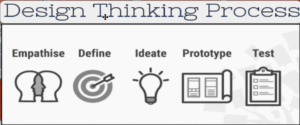
Design Thinking
“Design Thinking is a methodology used by designers to solve complex problems, and find desirable solutions for clients. Design Thinking draws upon logic, imagination, intuition, and systemic reasoning, to explore possibilities of what could be and to create desired outcomes that benefit the end user.”
(Linda Naiman)
My most recent class had the opportunity to put the design thinking process to the test. Students integrated their work on natural resources and sustainability with their math program. They were challenged to find a problem from both a micro and macro level and whether or not they could solve it.
THE SOLUTION?
It was their decision to utilize and manipulate certain natural resources to create something in hopes of helping other students code in an engaging atmosphere which was tangible. A secondary focus was to align their vision with the UN Sustainable Development Goals.
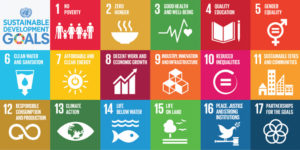
UN Sustainable Development Goals
HOW?
The students elected to create Sphero courses which other students would then program with assistance. One of the greatest learning opportunities for students was that they learned design thinking isn’t linear. When you first see the initial model it looks easy enough to navigate. What happens however when your prototype fails? This experience was pivotal for students in terms of strengthening resiliency and perseverance skills.
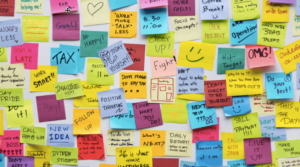
DT
This process also taught them an important lesson around creating effective solutions for the end user. Students had to consider whether this was viable from a feasibility and desirable outcome standpoint.
One of the most noticeable benefits is how this process broke problems down into smaller segments which was easier to process for those who may struggle with executive functioning.
MATH?
Students were able to integrate several mathematical concepts which included:
- Angular relations (angle patterns & inverse relations)
- Surface Area
- Converting units of measure
- Numeracy Computations
- Additive Reasoning
- Fractions
- More
Students wanted to extend their understanding by adding one of the most versatile STEM/Maker Tools PocketLab. For those unfamiliar with this device, it is essentially a pocket size sensor which can calculate a vast array of experiments and analyze data easily for students. Some designs required the students to determine the amount of angular velocity in order to code their program effectively. This reverse engineering process was instrumental in the successful implication of their course. It also allowed them to utilize higher order thinking and effective problem solving strategies.
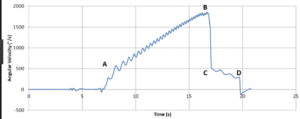
Angular Velocity
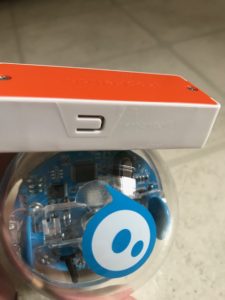
Sphero w PocketLab
While the curricular and pedagogical connections were integral within this task I think it’s important to note students were doing things differentetly from their traditional classes.

